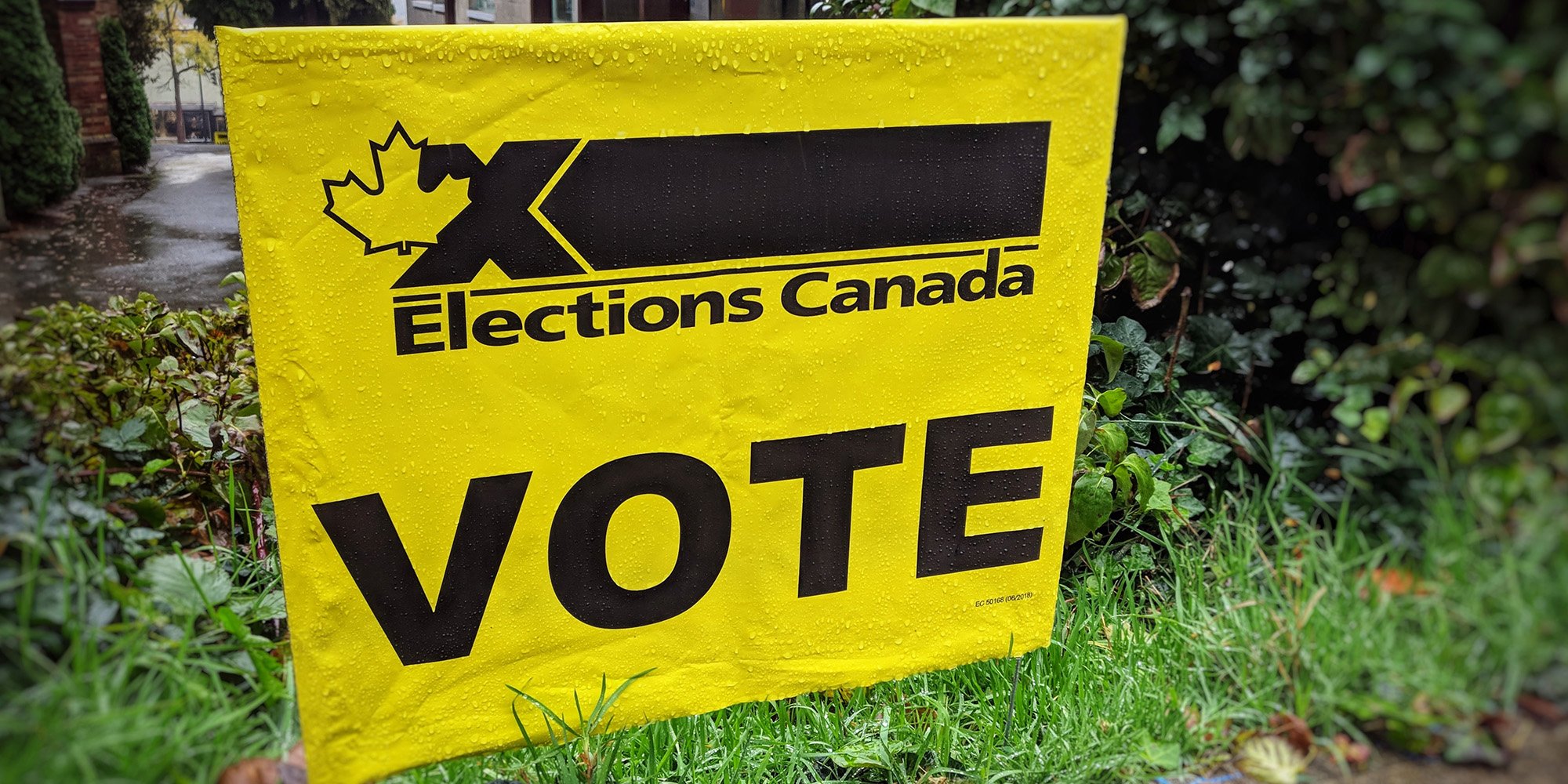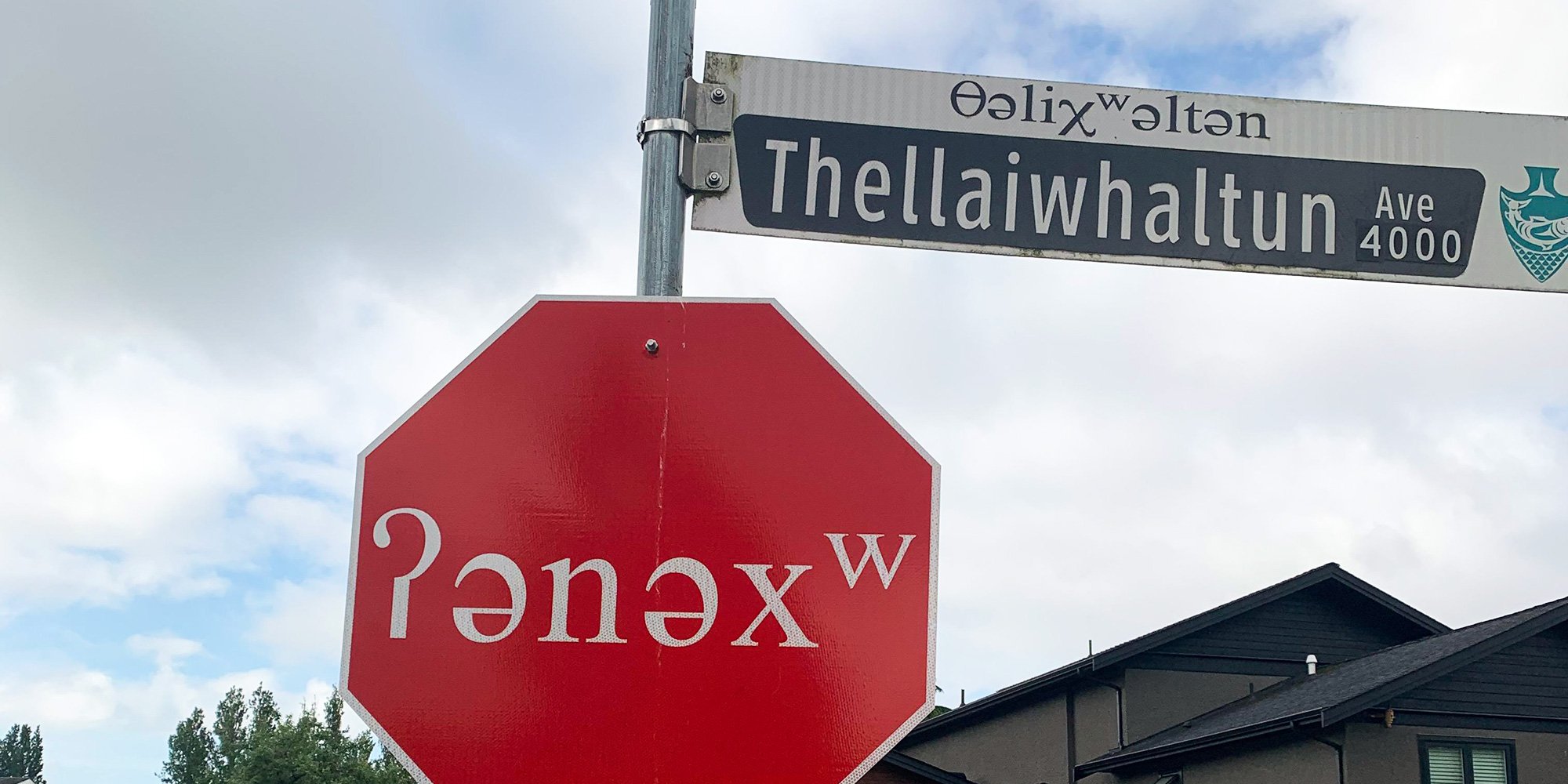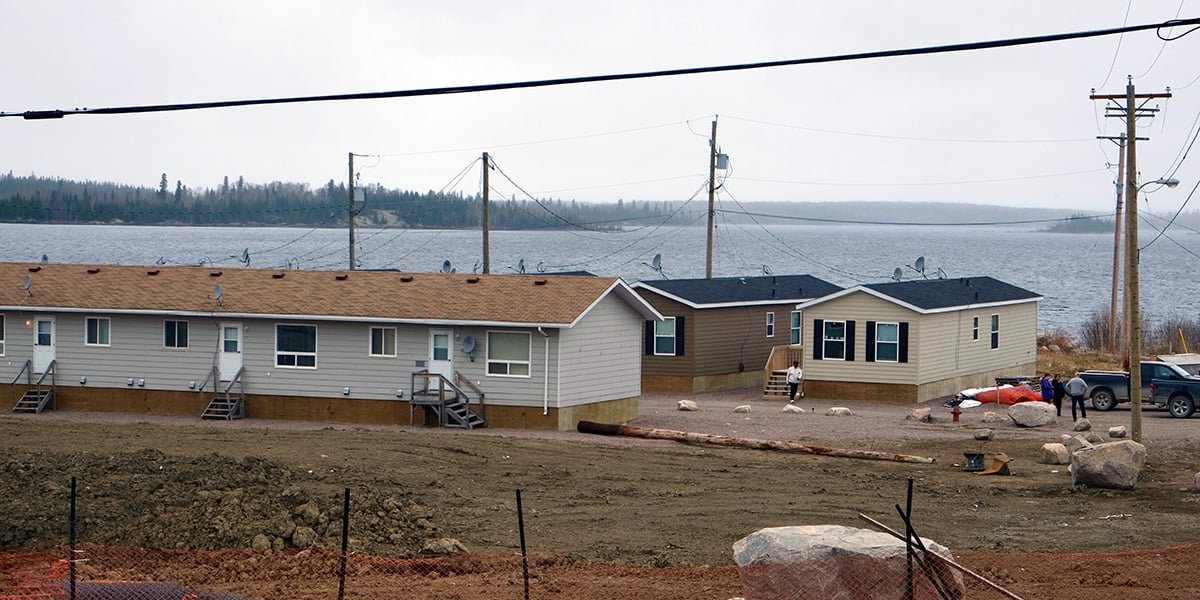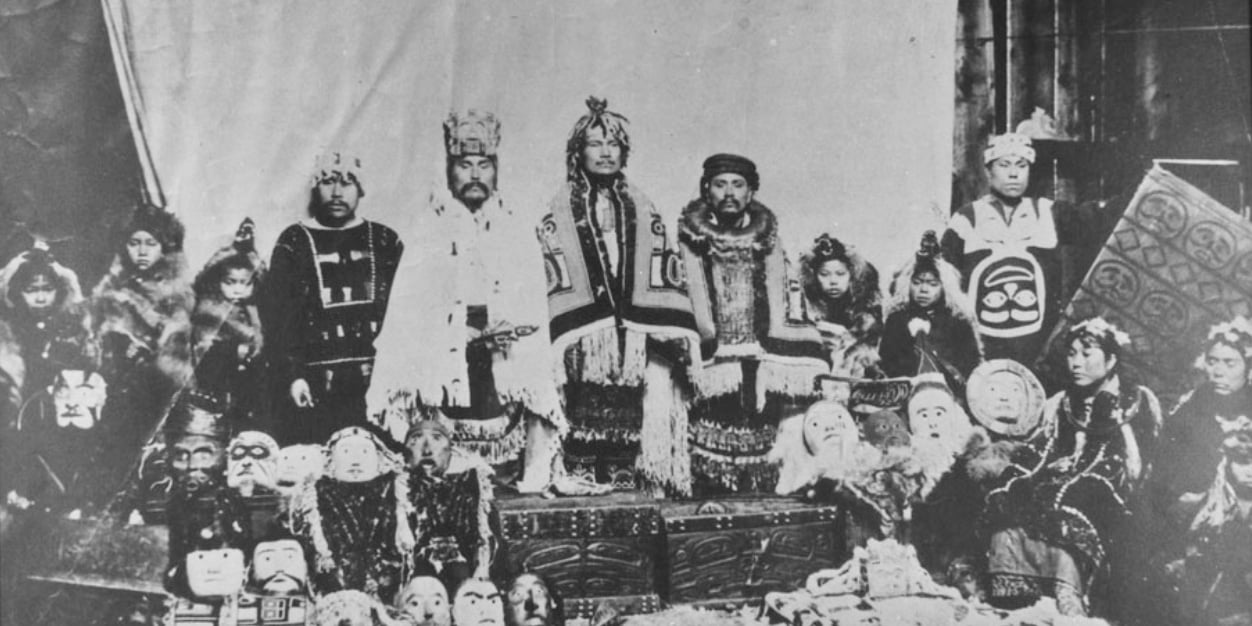What Are Urban Reserves? - #2 of 2 First Nation Reserves
This is the second installment in our series on First Nation reserves. The first part provided some FAQs on reserves whereas this article will...

This is the second installment in our series on First Nations and voting. Why don’t First Nations people exercise their right to vote on par with non-First Nations people? We are going to take a look at some of the barriers to First Nation voting, including changes to voting identification requirements.
While all First Nations people of eligible age have had the right to vote since 1960, they don't exercise that right on par with non-First Nations people. The reasons for this election apathy are many - from historical grievances to feelings of irrelevancy.
Bill C-23, or the Fair Elections Act which received Royal Assent on June 19, 2014, introduced changes to the identification requirements at the polling station and now requires that all voters have two pieces of ID, one of which includes their address, such as a driver’s license or an addressed utility bill.
Historically, Chiefs could vouch for the members of their Nation at the polling station. Vouching was a process that lets those without proper identification have someone else in the same polling division swear as to their name and address.
Also, historically, status cards were accepted as identification but they don’t include the holder’s address. What is a Status card? Each Status Indian in Canada is issued a “Status card” by the federal government. Status cards include the holder’s photo, registration number, name, sex, date of birth, date of issue, registry number and Band name.
Due to the overcrowding housing issues on many reserves, many adults of voting age live under one roof. Utility bills are only addressed to one person – making it hard for the others living there to show proof of address. Additionally, many reserves don’t have street names or house numbers.
Band offices keep lists of heads of households on their reserve but keeping a current list of who is of voting age and is living where could be a daunting task for band offices that administer to many reserves.
In the urban setting, there are high numbers of homeless First Nation people of voting age who are unable to exercise their right to vote due to this new legislation.
Many First Nations feel as though the issues debated during the run-up to an election are not relevant to their lives. There would quite likely be an increased interest in voting if First Nation voters felt their issues were included on the platform of the candidates. For more information on what those issues are, please read “8 Key Issues for Aboriginal People in Canada”
The low percentage of First Nation candidates is another emotional barrier that feeds voter apathy. More First Nation candidates would be role models for others to join political parties. More First Nation candidates would increase the likelihood of relevant issues being brought to the forefront of political debates.
There is also the complex argument of dual identities. Can First Nations protect their inherent rights and also participate in an election for a government whose policies, such as the Indian Act, promote and support assimilation and extinguishment? Many First Nations people wrestle mightily with this conundrum and where they stand on it may keep some from the polling station.
Many reserves are remote – some are fly-in only and some are boat-in only which means access to a polling station is a challenge.
Featured photo: Dennis Sylvester Hurd, Flickr

This is the second installment in our series on First Nation reserves. The first part provided some FAQs on reserves whereas this article will...

A First Nation reserve is a tract of land set aside under the Indian Act and treaty agreements for the exclusive use of an Indian band (First...

The role and responsibilities of First Nation Chiefs, traditional or elected, are not easily defined and are not synonymous across Canada due to the ...